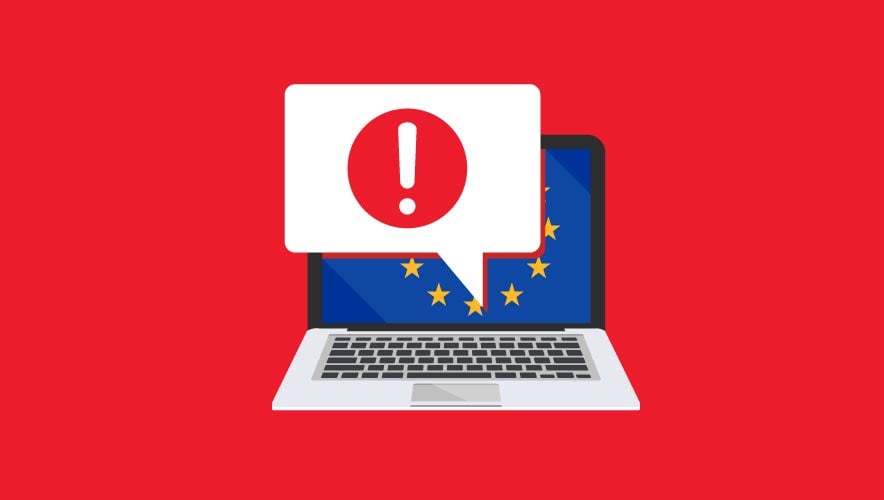Polish Law Enforcement Arrests 44 Suspects of Child Sex Abuse
Europol recently announced the successful raid and seizure of more than 15,000 files that portrayed child sexual abuse throughout Poland. The operation, which was spearheaded by the Polish Central Cybercrime Bureau, involved identifying perpetrators and collecting evidence months prior to the raids and arrests carried out at the end of October.
The operation began in August 2022 with the creation of a special team of police officers who are experienced in investigating offenders that distribute child sexual abuse materials. Other Polish authorities, Europol, the National Center for Missing and Exploited Children (NCMEC), and other private sector organizations provided support for the investigations. Europol provided the Central Cybercrime Bureau with analytical, victim identification, open-source support, and facilitating information exchanges.
During the raids, Polish police officers searched 82 different locations throughout the nation. Police also arrested 44 persons in relation to the raids and seized an estimated 15,500 video and photographic files that portrayed child sexual abuse, as well as 350 digital storage units.
“Among the arrested is an individual suspected of sexual abuse of two children aged four and five, as well as a second individual who has already served a [5.5] year sentence for sexually abusing minors,” Europol said in an 8 November press release.
A search of one suspect’s residence revealed that the adult was communicating with a 10-year-old boy, and that the suspect had gained the child’s trust, presumably for the purpose of sexually exploiting him later.
“Polish media reported [the sting] to be the largest such action in the country so far,” Cybernews.com said. “…The leads obtained during the operation would be used in other ongoing investigations.”
The Central Cybercrime Bureau was established in 2021 by Polish Prime Minister Mateusz Morawiecki, and it focuses on countering various cyber threats and attacks.
🚨 44 arrested in Poland in a sting targeting online child sexual exploitation.
— Europol (@Europol) November 8, 2022
💻 Officers from the 🇵🇱 Central Cybercrime Bureau raided 82 locations & seized 15 500 files depicting sexual abuse of children.
Press Release ⤵️https://t.co/3nFp8l1gOc#EUvsChildSexualAbuse pic.twitter.com/KbMw1PwbBl
Europol identified modern key threats of child sexual exploitation, including peer-to-peer networks and anonymized networks on the Darknet, which allow offenders to access and distribute materials, as well as new technology that allows for the live-streaming of abuse overseas. Other threats included online solicitation and sexual extortion, and networking and forensic awareness of offenders.
“The growing number of children and teenagers who own smartphones has been accompanied by the production of self-generated indecent material,” Europol said. “Such material, initially shared with innocent intent, often finds its way to ‘collectors,’ who often proceed to exploit the victim, in particular by means of extortion.”
Interpol published its first Global Crime Trend Report in October, which reported that the majority of its 195 member countries believe online child sexual exploitation and abuse (OCSEA) is among the top 10 crime trends and poses a “high” or “very high” threat.
“Available information suggests that the production of OCSEA materials targeting children from the [Asia and Pacific] region is on the rise, particularly in response to demand for these materials outside the region,” the report said.










